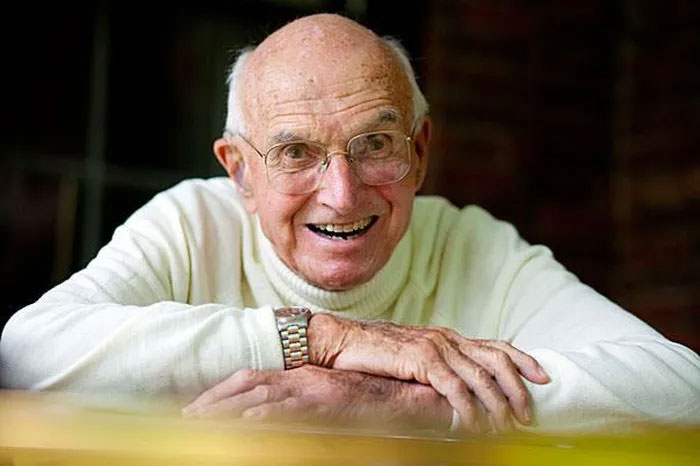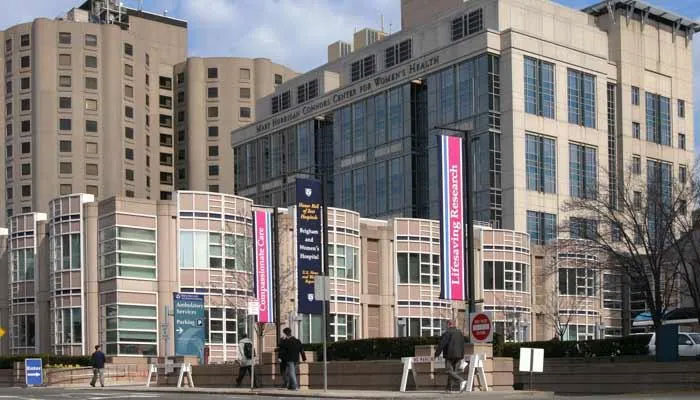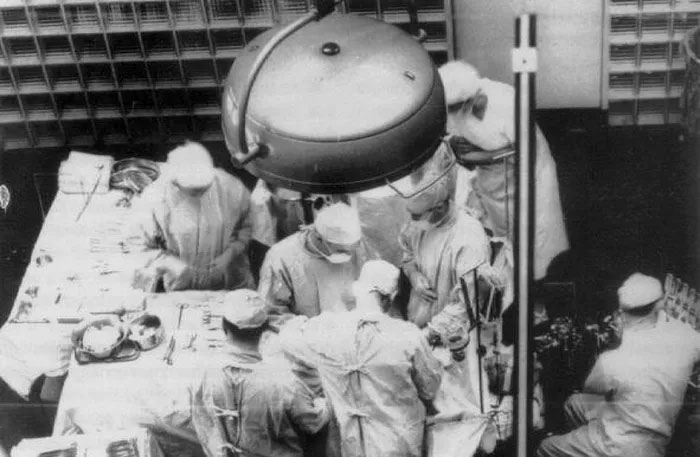Joseph E. Murray (April 1, 1919 – November 26, 2012) was born and raised in Milford, Massachusetts, USA. After graduating from high school, he attended Holy Cross College and later enrolled in Harvard Medical School in 1940.
The Pioneer of the First Kidney Transplant in the World
This was the foundation for all that he had ever dreamed of as a child. After graduating from medical school, Murray began his internship at Peter Bent Brigham Hospital in the USA. During this time, he was introduced to the U.S. Army Medical Corps.

Doctor – Surgeon Joseph Murray.
He served as a medical officer – intern lieutenant for 9 months at a plastic surgery center during World War II. Throughout his military service, Murray cared for many burn patients and frequently performed skin grafts on patients with extensive burns, using skin from other individuals instead of from the patient’s own healthy areas.
Through performing skin grafts for soldiers, he recognized that the biggest obstacle in organ transplantation is the immune system’s rejection of foreign tissues. Along with his colleagues at Peter Bent Brigham Hospital, he sought to minimize this rejection by experimenting with organ transplants in dogs, achieving success.

Peter Bent Brigham Hospital, USA, now renamed Brigham and Women’s Hospital.
In 1954, in Boston, USA, surgeon Joseph Murray saved a patient named Ronald Richard, who was suffering from severe kidney failure, by successfully transplanting a kidney from his brother, Ronald Herrick. Previously, in 1933, a Ukrainian surgeon had attempted a kidney transplant, but it was unsuccessful.
The organs in the human body carry an immune pigment that helps the body recognize and reject any foreign invaders, except when the transplanted organ is an exact match. However, after Joseph Murray’s success, not every organ transplant would be successful.
During the 20 years from 1954 to 1974, only 35 out of a total number of patients who received transplants from others survived. Joseph E. Murray’s success paved the way for hundreds of thousands of organ transplants worldwide and earned him the Nobel Prize in Medicine in 1990.
The First Kidney Transplant in the World
On December 23, 1954, Dr. Murray performed the world’s first successful kidney transplant between twins Ronald Richard and Ronald Herrick at Peter Bent Brigham Hospital, USA. In a surgery that lasted 5 and a half hours, Dr. Murray was assisted by Dr. J. Hartwell Harrison and other renowned doctors.

The world’s first successful kidney transplant lasted 5 and a half hours in Operating Room No. 2 of Peter Bent Brigham Hospital.
In Operating Room No. 2 of Peter Bent Brigham Hospital, Murray transplanted a healthy kidney donated by Ronald Herrick to his twin brother Richard, who was dying from chronic nephritis. After the surgery, Richard lived for an additional 8 years, while Herrick lived for another 57 years, passing away at the age of 80.
In the years that followed, Murray became a pioneer in transplant biology, focusing on the use of immunosuppressants and research on rejection mechanisms. In the 1960s, Dr. Murray and leading scientists worldwide studied immunosuppressive drugs, together developing a new drug called Imuran (azathioprine) for use in transplants.

Twins Ronald Richard and Ronald Herrick with Dr. Murray (far left) and the surgical team.
The discovery of Imuran and other anti-rejection drugs, such as prednisone, allowed Dr. Murray to perform transplants from unrelated donors. By 1965, the survival rate after receiving a kidney transplant from an unrelated donor exceeded 65%.
Today, approximately 40,000 organ transplants are performed worldwide each year. Statistics indicate that around 460,000 people are currently living with one or more organs from others.
















































